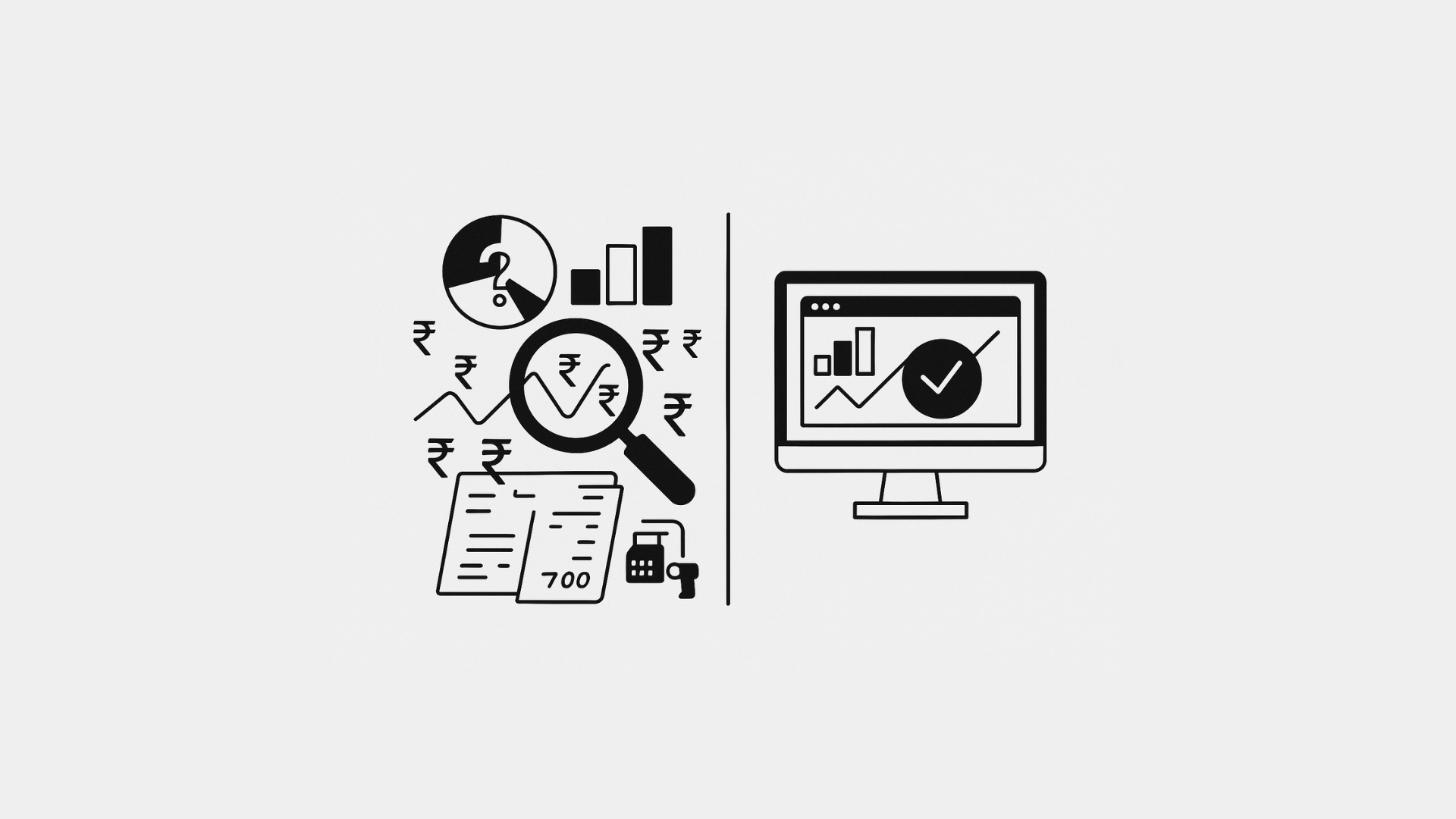For today’s Small and Medium Enterprises (SMEs), running a successful business often feels like a balancing act. On the one hand, you need to keep costs down, every penny counting. On the other hand, operations need to run smoothly and efficiently to maximize productivity and growth.
Demystifying the Cloud:

Imagine your business data and applications not locked away in your own computers, but safely stored in a secure virtual space accessible from anywhere with an internet connection. This is the essence of cloud computing. It’s like renting a virtual office in the sky, where you can access all your resources without the hassle of owning and maintaining your hardware and software.
Also Read: 7 Benefits of Using Cloud Accounting in Your Business and importance
Cloud Services: Different Flavors for Different Needs:
But the cloud isn’t just one big storage locker. There are different types of cloud services to cater to specific needs:

Software as a Service (SaaS): Think of it as renting a ready-made online application, like accounting software or a customer relationship management (CRM) tool. You pay a subscription fee and access the application through your web browser, without the need for installation or maintenance.
Platform as a Service (PaaS): This is like renting a virtual workspace where you can build and deploy your custom applications. Imagine having all the tools and resources you need to develop and run your software, without the upfront investment in hardware or infrastructure.
Infrastructure as a Service (IaaS): This is the most basic level, renting out the virtual servers, storage, and networking resources you need to run your applications and operating systems.
Also Read: Advantages of a Cloud-based Retail Business Management Software
Cost Savings: The Cloud’s Hidden Treasure:

Moving to the cloud can be a game-changer for your budget—no more hefty upfront investments in hardware and software. Instead, you pay a predictable monthly fee, often based on your actual usage. Additionally, you say goodbye to expensive maintenance costs and IT staff to manage your infrastructure.
Efficiency Gains: The Cloud’s Secret Weapon:

The cloud’s advantages, however, extend beyond simply saving money. It can dramatically improve your business efficiency:
Improved Collaboration: Cloud-based tools allow your team to work together seamlessly from anywhere, anytime. Shared records, schedules, and correspondence stages keep everybody in total agreement, helping efficiency.
Scalability on Demand: No more worrying about outgrowing your hardware. The cloud scales up and down as your business needs change, ensuring you always have the resources you need without wasting money on unused capacity.
Accessibility from Anywhere: Access your data and applications from any device with an internet connection, enabling remote work and flexible working arrangements.
Read Also:Choosing the Right Cloud-Based Inventory Management System for Small Business
Choosing the Right Cloud for Your Business:

The cloud isn’t one-size-fits-all. Selecting the right services depends on your specific business needs and size. Start by considering factors like:
Business Size: Smaller businesses benefit from SaaS solutions, while larger ones might need a combination of SaaS and PaaS or IaaS.
Industry: Certain industries have specific compliance requirements that might influence your cloud choice.
Business Processes: Analyze which processes could benefit most from cloud-based solutions, like customer management, accounting, or marketing.
Security and Privacy: A Cloud Concern:

Storing your data in the cloud might raise concerns about security and privacy. In any case, trustworthy cloud suppliers offer hearty safety efforts and information encryption, it is protected to guarantee your data. Furthermore, pick a supplier with a solid history of information security consistency.
Success Stories: Clouds with Silver Linings:

Many SMEs have seen their businesses thrive after embracing the cloud. A small design firm, for example, reduced its IT costs by 30% and improved project collaboration by 50% after switching to cloud-based design tools. Another example is a small bakery that employed cloud-based marketing automation to boost online orders by 25% while cutting marketing costs.
Challenges and Solutions: Not Always Smooth Sailing:

Moving to the cloud isn’t without its challenges. Technical hurdles, employee training, and initial setup costs can be obstacles. However, there are solutions:
Partner with a Managed Service Provider (MSP): Consider working with an MSP who can handle the migration and ongoing cloud management, freeing up your time and resources.
Invest in Training: Provide your employees with proper training on using cloud-based tools to ensure a smooth transition and maximum benefit.
Start Small and Scale Up: Wait to move everything to the cloud at a time. Start with a few key processes and gradually migrate others as you.








